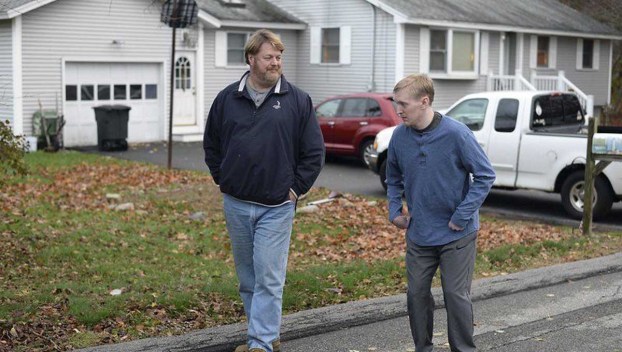
Cnhi Network
‘If you can get them treatment, they can survive’
Andrew Foote's family can't escape the nagging thought their son's life-altering heroin overdose could have been avoided if ... Read more

Andrew Foote's family can't escape the nagging thought their son's life-altering heroin overdose could have been avoided if ... Read more